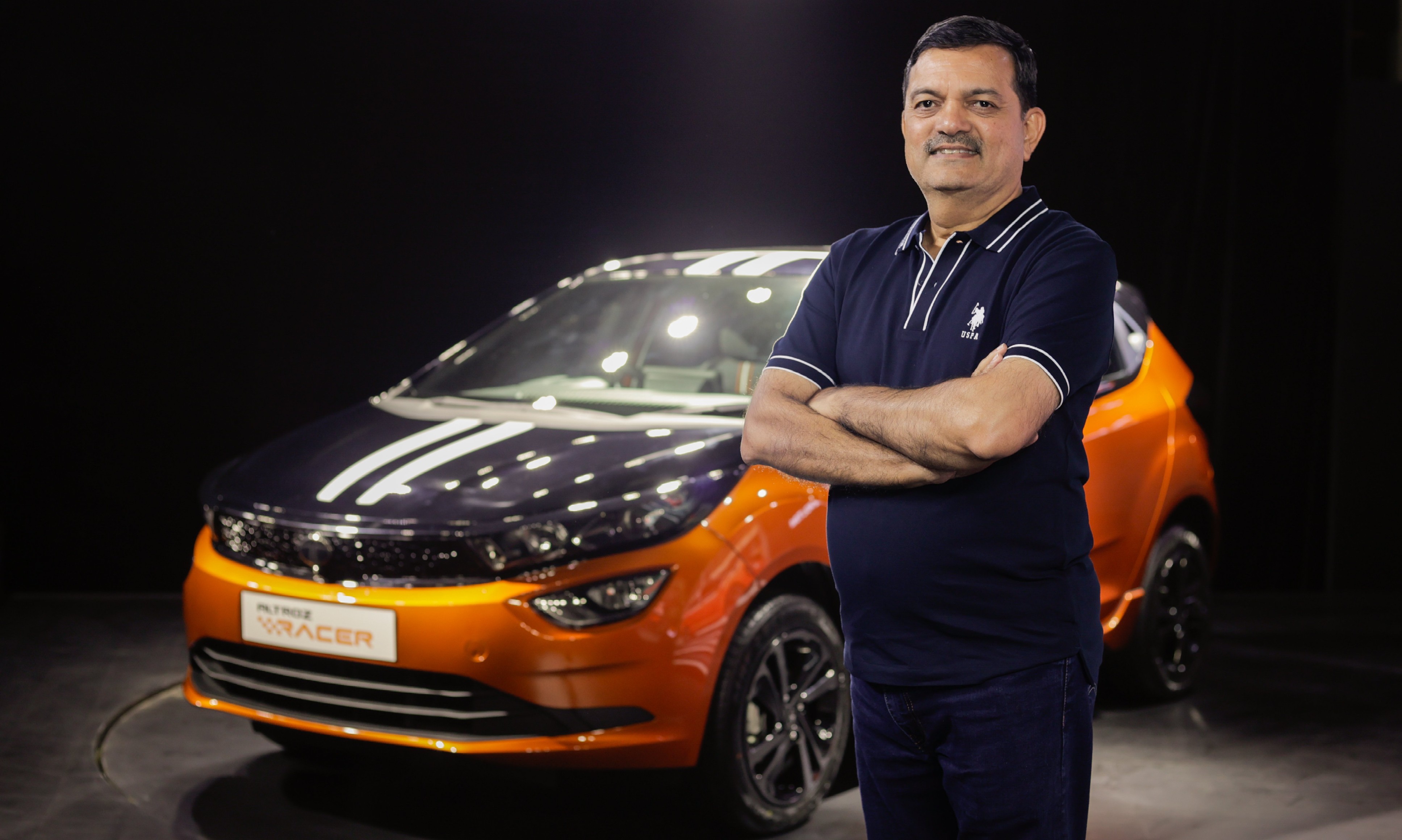Deep dive into the mechanical updates of the Altroz Racer, in a conversation with Mohan Savarkar, Vice President, product line, Tata Motors Passenger Vehicles
Mohan Savarkar, Chief Product Officer, Tata Motors runs us through the technical changes of the Altroz Racer over the older Altroz i-Turbo. He briefs us on the engine and transmission upgrades which has been borrowed from the Nexon, the rationale behind no automatic gearbox, why the Racer doesn’t get lowered and stiffened suspension or even wider tyres, point out to the new hydraulic clutch, and highlights the revisions to the steering and gearbox ratios.
 We have a conversation with Mohan Savarkar, Chief Product Officer, Tata Motors, on the Tata Altroz Racer
We have a conversation with Mohan Savarkar, Chief Product Officer, Tata Motors, on the Tata Altroz RacerMohan Savarkar, Vice President, product line, Tata Motors runs us through the technical changes of the Altroz Racer over the older Altroz i-Turbo. He briefs us on the engine and transmission upgrades which has been borrowed from the Nexon, the rationale behind no automatic gearbox, why the Racer doesn’t get lowered and stiffened suspension or even wider tyres, point out to the new hydraulic clutch, and highlights the revisions to the steering and gearbox ratios.
 The Tata Altroz Racer gets a 1.2-litre turbo petrol engine, mated to a six-speed manual gearbox
The Tata Altroz Racer gets a 1.2-litre turbo petrol engine, mated to a six-speed manual gearboxArchitecture is built for flexibility
“We can do several things, one by one. The product is also evolving as consumer tastes are evolving. This now lends itself to becoming a Racer.”
It's the 1.2 litre [engine] family
“About 1.7 million engines are already on the road. Very dependable, reliable, so it also lends itself as a good powertrain. And then with that we're doing turbocharging. In internal testing 0-100kmph is in 11.3 seconds.”
We need to make sure that the car also drives like a race car
“So the first thing we did was change the clutch to allow for very fast shifts. We did a hydraulic clutch. If you ask race drivers, they may see that the manual [mechanical clutch] is better for their version of racing but for common people, hydraulic is much better than manual in terms of getting in and out [of gears] very quickly.
It [DCT automatic] can be thought of in the life cycle
“Because we are calling it a Racer, and not just a fast car, we think it should be a manual. The gear ratios have been tuned for the weight of Altroz, and to utilise the power of the engine properly.”
.jpeg) The Tata Altroz Racer gets an orange colour with racing stripes on the bonnet
The Tata Altroz Racer gets an orange colour with racing stripes on the bonnetThe suspension is providing a good balance between ride and handling
“We have played with the stiffness of springs. You need to realise that not everyone is going to race with it, so it needs to behave well, even in normal circumstances.”
The steering is tuned
“When you're driving at normal city speeds, it should behave very comfortably but the moment you start racing speeds, it should very quickly start giving you a lot of feedback. And it needs to be accurate and precise when you're on a track. The connectedness is much better at high speeds. If you steer by a certain amount, the [steering] column actually turns by that amount, rather than having some flexibility. So that is the directness.”
It’s not that [stiffened and lowered suspension] cannot be done
“It’s just that we also want this car to remain a normal car. If you start lowering the suspension, lowering the height, the drivability in city including over the speed breakers starts getting affected. We didn't want to go down that direction too much.”
Wider tyres, we went through that for some time
“Then we saw that the current tyres are giving us more appropriate kind of performance with the car. It needs to be a balanced package. When you launch a car in India, when you tend to dial up something then something else starts getting affected. So one needs to be careful on how far we go in that direction.”
This car is not meant to be quiet
“We have made sure that the engine noise comes in, you can feel the growl. There's a tuning of the exhaust, so that noise is also heard inside the car”
There's no way to switch off ESP
“If it’s a regulation it shouldn’t be switched off. [If you can switch off ESP] then we will be wrong side of the law in India. I don’t think we should allow people [to switch off ESP]. We haven't got that far.”


